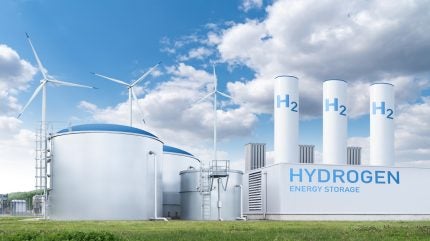
The green energy hub project in the Botwood area of the Canadian province of Newfoundland and Labrador has received environmental impact statement (EIS) guidelines from the province’s Department of Environment and Climate Change.
This marks a significant step for the project, which aims to harness renewable energy sources for sustainable hydrogen production.
The project, led by Abraxas Power and its subsidiary Exploits Valley Renewable Energy Corporation (EVREC), is set to revolutionise energy production in the province.
It is expected to contribute to Newfoundland and Labrador’s green energy transition, create economic benefits and position the province as a key player in the global hydrogen market.
EVREC has been granted access to more than 300km² of Crown lands for the development of the project.
The project will feature up to three gigawatts of onshore wind power, along with energy and molecular storage systems to support behind-the-meter production of green hydrogen and green ammonia.
It will generate 180,000 tonnes of green hydrogen and 1 million tonnes of green ammonia annually.
Abraxas Power chief operating officer Dean Comand stated: “The EIS is an essential part of our approach, and we are eager to maintain open, ongoing engagement with stakeholders and regulators while continuing to work on refining and advancing all aspects of the project.
“Newfoundland and Labrador is on the cutting edge of clean energy innovation, and this project represents an exciting opportunity for the province to contribute to global sustainability efforts.
“The EIS is an important step in the process and underscores our commitment to responsible development and to working alongside communities and stakeholders to ensure that the environmental impact is carefully considered at every stage of this transformative project.”
EVREC also plans to establish dedicated port infrastructure to export its products to global markets.
Pre-construction activities have significantly advanced, including engineering, wind resource measurement and environmental assessment processes.
These activities involve environmental data collection and public and stakeholder engagement, with the final project design subject to ongoing assessments.



